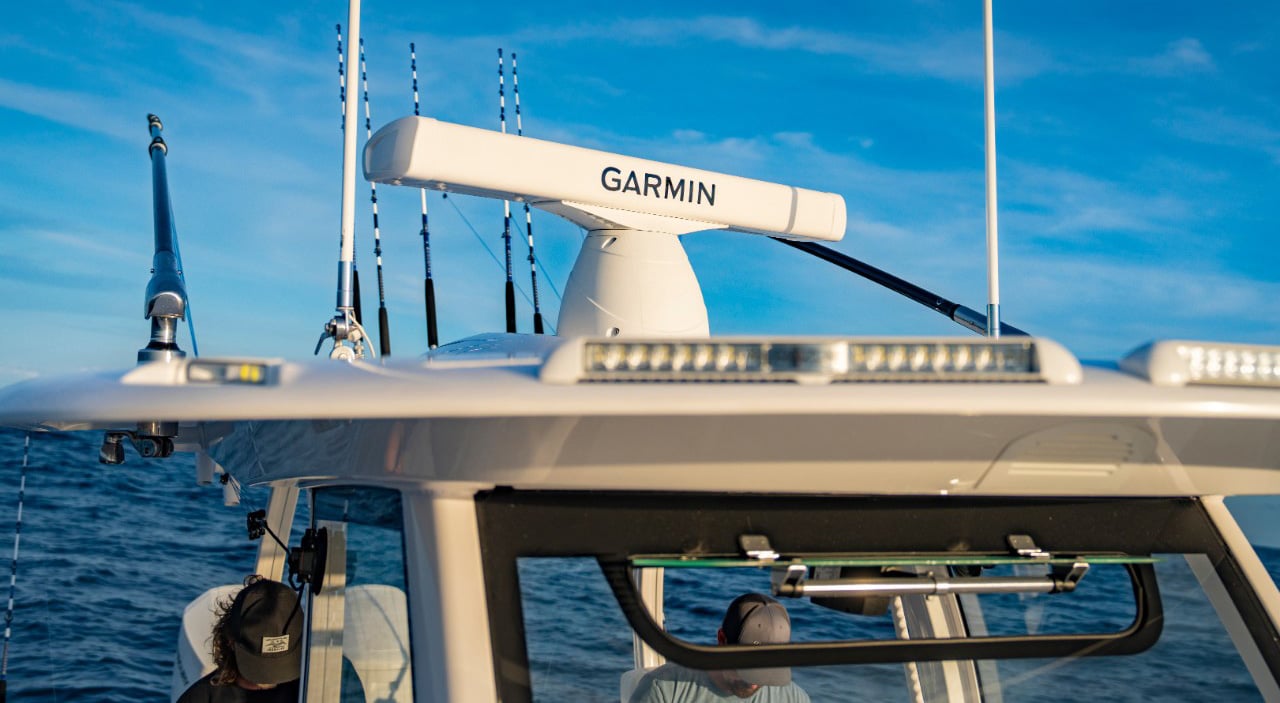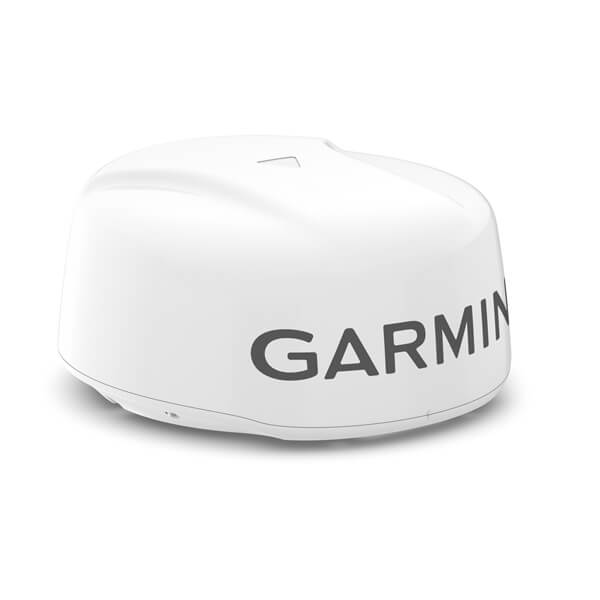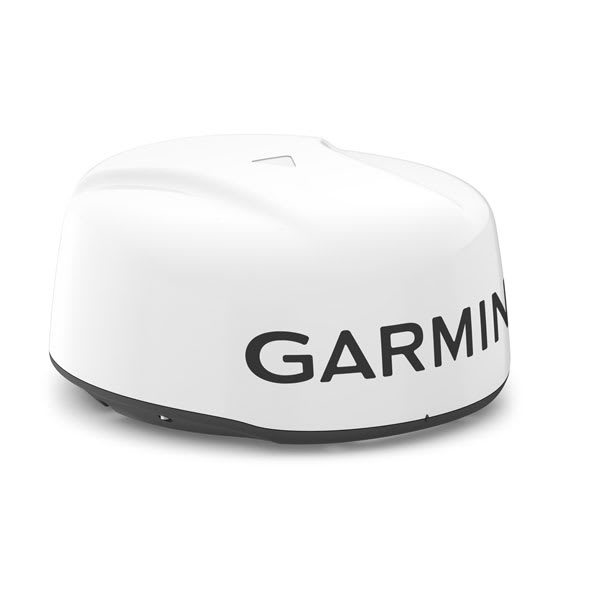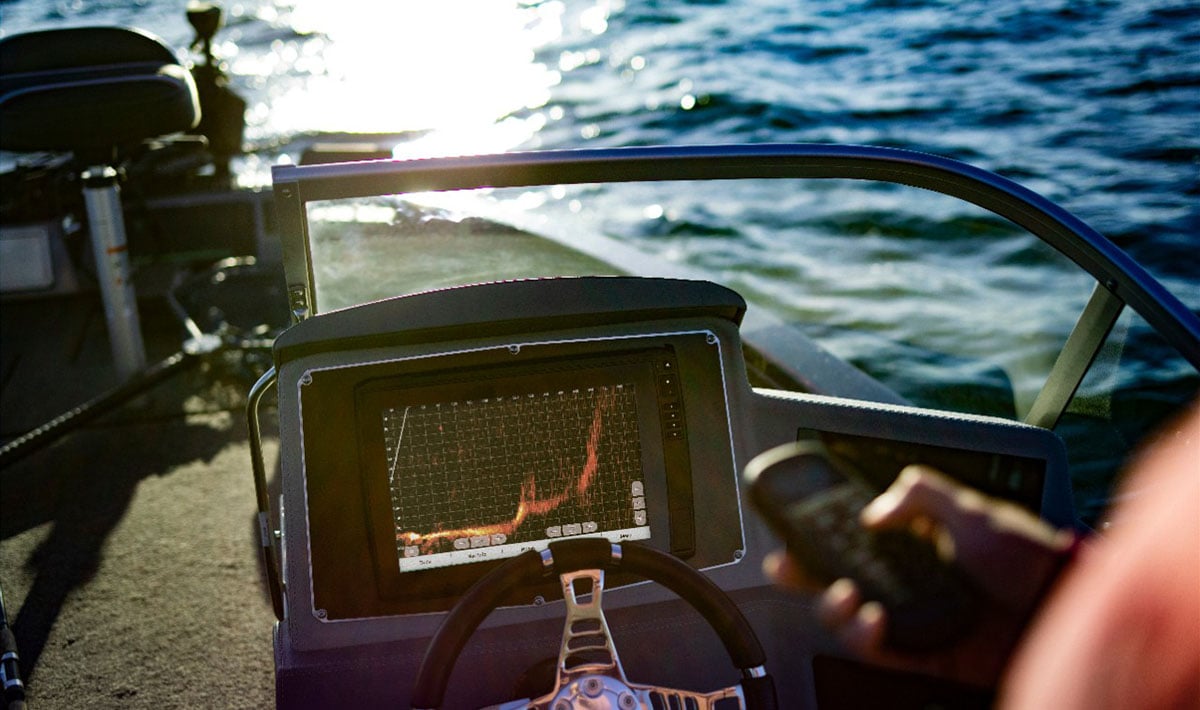
Magnetron vs. Solid-state Radar: What’s the Difference?
Unclear on whether you should outfit your boat with magnetron radar or solid-state radar? You’re not alone. Luckily, Garmin is here to clear up the confusion.
Marine radar is a critical navigational tool that provides boaters with situational awareness when on the water. Radars work by sending out electromagnetic radio waves that travel invisibly at the speed of light until they hit a target, whether that’s an object, a storm cell or landform, at which point they reflect back toward the radar — effectively letting the boater know something’s out there and how far away it is.
Garmin boasts a full line of radome and open-array radars that use two different kinds of radar technology: magnetron and solid state. But which type of radar is right for you and your style of boating? Keep reading to learn the difference between the two, as well as the circumstances that could tell you why you might prefer one over the other.
What is magnetron radar?
It’s helpful to know that magnetron technology is what the commercial industry standards are based on. It was the first radar to hit the mass market, so it’s historically what most people have on their boats. Magnetron radars function by transmitting radio frequency (RF) in quick bursts using high voltages. Their pulses are measured in kilowatts and provide high peak power.
So what does that mean for you? With magnetron radar, you can generally get high-peak power at lower price points in comparison to other radar technology. This doesn’t mean, however, that it’s the best option for everyone or that it outperforms solid-state technology. Some fishermen prefer magnetron because of its market longevity and proven ability to detect birds chasing after schools of fish at the surface. It also consumes more energy — leading to higher operational costs and battery drain.
Garmin products: GMR™ xHD3 Radar Series, GMR™ 18 HD3,
What is solid-state radar?
If magnetron is the old guard of marine radars, solid-state radar can be considered next-generation technology. Solid state uses pulse compression technology (which is similar to the CHIRP sonar in Garmin fishfinders) to broadcast lower-powered bursts of RF energy using longer pulses. This means that solid-state radars can operate more efficiently with less power, and pulse compression delivers higher-resolution imagery plus the ability to see closer targets more clearly.
Because of its signal technology, solid-state radars also deliver a more precise and more consistent output signal. For boaters focused on avoiding collisions on the water (which is, ideally, every boater), solid state may be the key, especially because it helps to distinguish between stationary and moving targets. And while some fisherman stick with magnetron in order to find birds, solid-state radars also perform this task very well — they just pull less power, which is helpful for boaters who are going farther offshore.
Garmin solid-state radars come equipped with MotionScope™ technology, which shows targets in color as they move toward or away from you. Unavailable with magnetron radars, MotionScope is based on the doppler effect and categorizes objects with different color codes, letting you know if a target is a threat to be avoided or an attraction you might want to check out.
Garmin products: GMR™ Fantom Radars
Ready to outfit your boat with a new radar? Regardless of your boating style, radars are the perfect tool for both enhancing your time on the water and also helping to make your vessel a safer one. Whether you ultimately opt for magnetron or solid state, Garmin has options for every mariner. Start shopping Garmin boat radars here.






